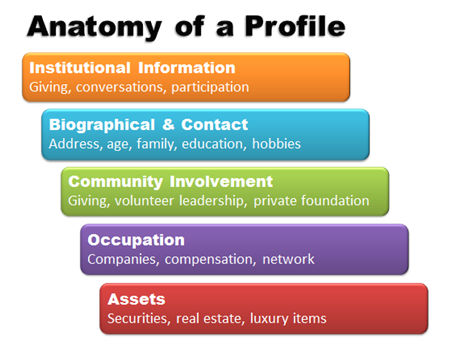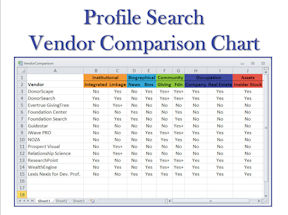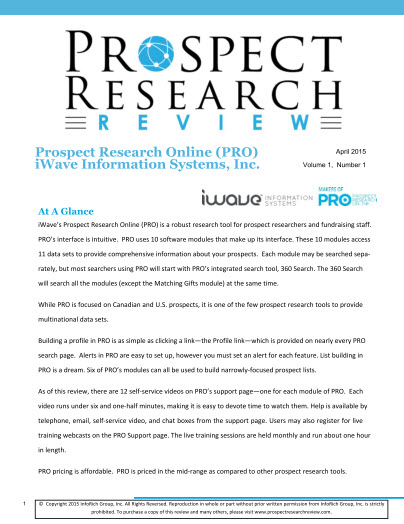 I don’t know if this has happened to you, but all too often I find an amazing product – a special soap or leak-proof mug – only to discover a few years later that the company is out of business and the amazing product is gone forever. Good products perform, but successful companies steward their customers.
I don’t know if this has happened to you, but all too often I find an amazing product – a special soap or leak-proof mug – only to discover a few years later that the company is out of business and the amazing product is gone forever. Good products perform, but successful companies steward their customers.
We researchers provide great products – such as prospect profiles – that perform, but are we stewarding and listening to our end-users? All too often we are not.
We complain that our end-users think we can press a button and print a profile; that people tell us we should just Google it; or that gift officers demand every prospect be deeply researched before making the first phone call.
You are not going to want to hear this, but I’ll tell you anyway. It’s our own fault!
We accept work requests without any conversation. Sometimes we even create complicated forms to avoid contact. If we really fall down the rabbit-hole we obsess over the process of requesting, completing and delivering. And then we deliver as if we dropped the profile over the cliff never, ever to be seen again.
Okay, I am being dramatic.
But imagine if we did things a little differently…
- We talked to the requestor. “Gosh, Jan, this prospect just made a $10M gift to us two years ago. Was there something specific you were hoping I’d find? Oh, you are looking for planned gift opportunities. Sure thing.”
- We talked to the requestor. “Hello Josh. Do you have a few minutes to talk? Great! I wanted to ask you about Mr. Bucketloads. I had so much fun researching a hedge fund manager. It doesn’t happen every day. So I wanted to be sure I presented his information clearly. What did you think of the occupation section?”
- We talked to the requestor. “Liz, thank you for taking time to meet with me. Another year has passed and as I was reviewing my work I realized that you have asked for twice as many profiles as anyone else. I’d love to know what you like best, what we could change to make them better, and how you feel it helps you raise more money.”
- This is cookie-cutter stuff so why can’t I get more faster?
- Why are we spending so much on research? I bet we could find a way to do it cheaper.
- A specific piece of information is missing. I’m not sure we’re even getting quality.
- There is an error here. How many other errors are in the work?
When we talk with our end-users – creating relationships where questions are regularly asked, ongoing dialogue occurs, and improvements are made to the product – trust builds and our prospect profiles become perceived as fine art masterpieces!
We are training our end-users to ask these kinds of questions:
- I really want to see a specific item on the first page to help make decisions in the prospect meeting. I wonder if the researchers can add that?
- The vendor at the conference says many research departments use their tool. It’s amazing! I have to ask our researchers about it. They would know if it’s hype or not.
- This profile is fantastic! I feel so much more confident about my gift proposal.
- Geez. There is an error here. It’s probably just a mistake, but I’d better mention it.
More Resources You Might Like
- Research Links Directory (categorized link collection for everyday) | Aspire Research Group
- Three Reasons Why Research Request Forms Are a Terrible Idea | Mark Egge | 2013
 Whether I’m teaching the Introduction to Prospect Profiles course at the Prospect Research Institute or talking to an Aspire Research Group client, I get asked the impossible question: “What’s the difference among research tools and which one should I buy?”
Whether I’m teaching the Introduction to Prospect Profiles course at the Prospect Research Institute or talking to an Aspire Research Group client, I get asked the impossible question: “What’s the difference among research tools and which one should I buy?”





